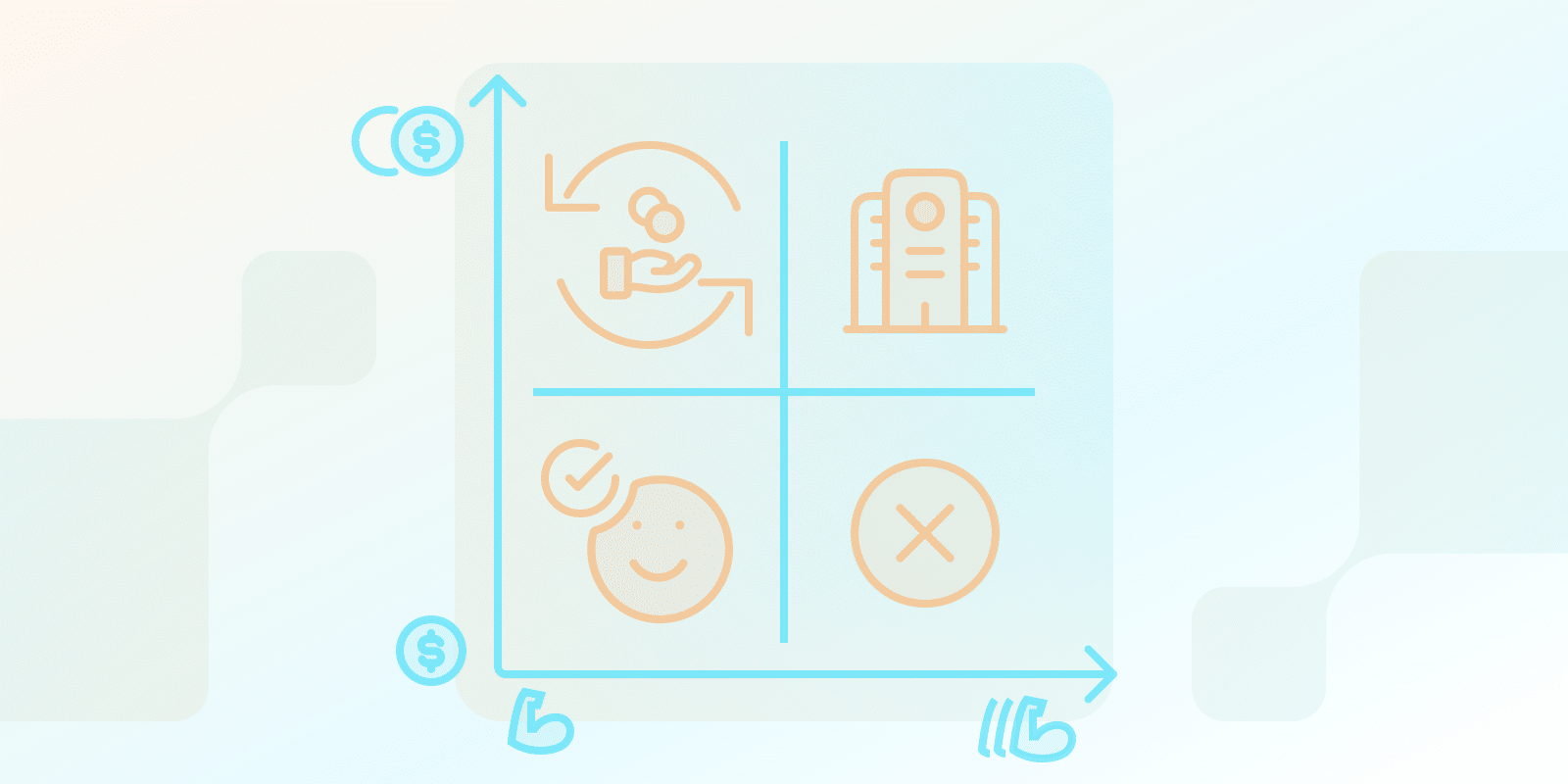SaaS Sales
What Are SaaS Sales Models?

What are SaaS Sales Models?
The processes that SaaS companies use to sell their software are called SaaS sales models. They aren’t all identical, varying on factors such as price point, complexity, and the target market. Using the correct model is important, as it allows you reach your goals for revenue and customer base.
SaaS sales models are used as the structure for selling their cloud-based products.
Below are some examples of these models.
- Enterprise: Very large companies are assigned a dedicated team to serve their specific needs. This model is for high-end products and complex solutions.
- Partner/Channel: One way to strategize with this model is to collaborate with other SaaS businesses. These partnerships entail selling the products of the other party.
- Self-service: This model functions with a basic product that is neither costly, nor requires a specific audience and customers can purchase online without assistance.
- Transactional: For mid-market companies and products, this model engages shoppers to close the deal.
| Characteristics | Enterprise | Partner/Channel | Self-service | Transactional |
|---|---|---|---|---|
| Target Market & Scale | ||||
| Target Customer Size | Very large companies | Various sizes | Small to medium businesses | Mid-market companies |
| Product Complexity | High complexity | Moderate to high | Low complexity | Moderate complexity |
| Sales Process | ||||
| Sales Approach | Dedicated team support | Partnership-based selling | Self-guided purchase | Sales team engagement |
| Customer Assistance | High-touch, personalized | Partner-provided support | Minimal to none | Moderate assistance |
| Business Aspects | ||||
| Price Point | High-end | Variable | Low to moderate | Moderate |
| Sales Cycle | Long | Medium to long | Short | Medium |
What are the different types of SaaS Sales Models?
SaaS sales models are used by businesses as the structure for selling their cloud-based products.
Below are some examples of these models.
- Define Your Ideal Customer Profile (ICP): By identifying your ICP, your messaging and sales efforts are more accurate.
- Choose the Right Sales Model: Without the correct model, your resources, product, and targeted audience will not line up.
- Build a High-Performing Sales Team: Ensure your team is educated and can communicate the functionality to potential buyers.
- Develop a Robust Sales Process: The framework of your approach should be structured so that your potential customers are engaged from beginning to end.
- Leverage Data and Analytics: To gauge areas for improvement, track SaaS key metrics for performance and then use data to make decisions.
Focus on Customer Success: To keep your customers loyal, track their outcomes. They will likely renew and possibly make referrals based on their subscription usage.
What are the common challenges in SaaS sales and how can they be overcome?
Some of the typical obstacles in SaaS sales are:
- Long Sales Cycles: Enterprise sales with elaborate products have longer sales cycles. To remedy this, build relationships with prospects and provide content while addressing any concerns.
- High Churn Rates: Customer churn affects revenue so tackle churn by investing in customer onboarding, providing ongoing support, and staying ahead of any issues.
- Competitive Market: The current market for SaaS is concentrated so you’ll need to strategize by demonstrating product usefulness and ROI while anticipating customer needs and watching industry trends.
How can SaaS companies measure and improve their sales performance?
The metrics you should track are the following:
- Customer Acquisition Cost (CAC): The average amount of money a business spends for a customer to purchase its products or services
- Monthly Recurring Revenue (MRR): Measures the likely monthly recurring income generated from customers.
- Churn Rate: The number of users who leave a company during a given period.
- Customer Lifetime Value (LTV): Measurement of how valuable a customer is across the entire relationship.
- Annual Recurring Revenue (ARR): Measures the money that comes in every year for the life of a subscription (or contract). Make changes from these metrics and correct your sales plan accordingly.
What is the role of customer success in SaaS sales?
Customer success matters in SaaS sales. If customer goals are met, the level of loyalty, churn, and revenue will all be identified in metrics. This team should take care of customers with training, support, onboarding and be there to assist them so they are happy with the package.
Conclusion
SaaS businesses looking to compete in the software market need to ensure they are choosing the proper sales model. Understanding this is an important part of the strategy.